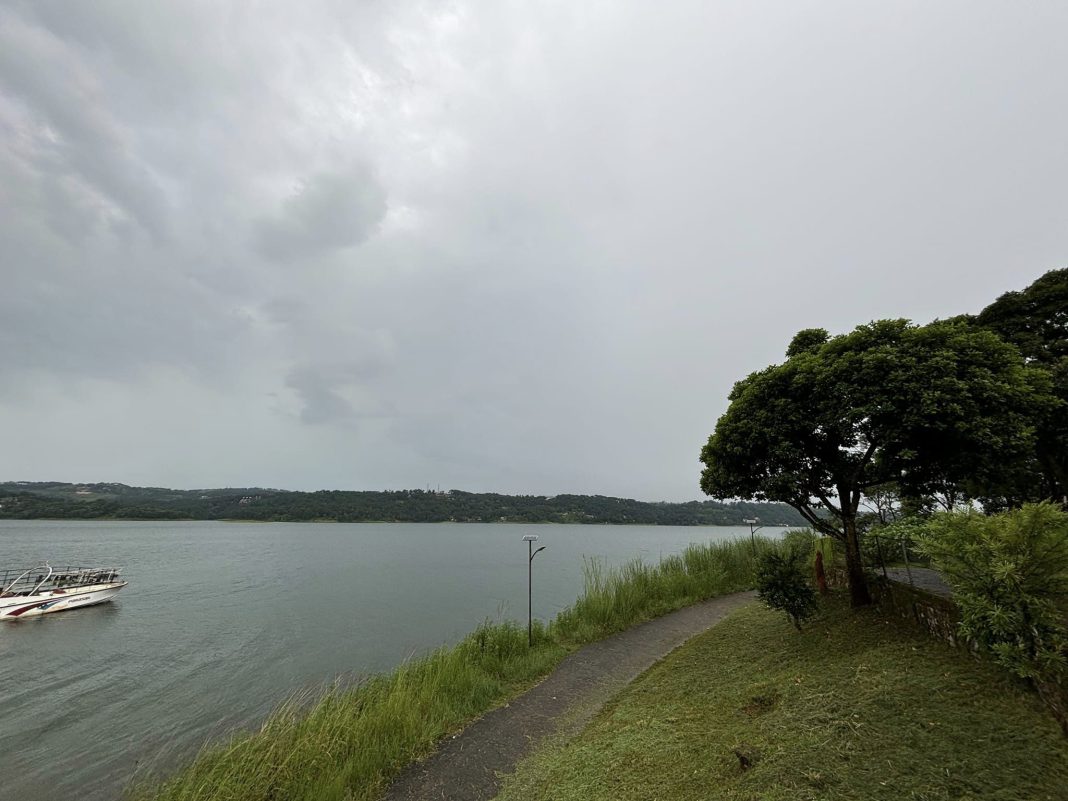Shillong, July 30: Proud of having world’s rainiest places, the ‘Abode of Clouds’ – Meghalaya – now faces the ignominy of being the state with steepest monsoon shortfall in the country this year.
According to India Meteorological Department (IMD) data, Meghalaya received 698.8 mm of rainfall between June 1 and July 29, compared to normal 1,584.6 mm, marking a staggering 56% deficit. This the highest deficit rainfall among all Indian states.
On July 29 alone, Meghalaya received 3.5 mm of rain, against a normal 29.2 mm, registering an 88% daily shortfall. The IMD termed the situation as Large Deficient (LD).
West Jaintia Hills district had the highest 78 per cent rainfall deficit, followed by West Khasi Hills with 74% deficit and West Garo Hills with 68% deficit.
Several states in the North East are struggling, but none as severely as Meghalaya.
Neighbouring Assam is short by 41%, Arunachal Pradesh by 44%, and Tripura by 44%. Nationally, India as a whole has registered a modest 7% surplus this monsoon season, masking the acute regional crisis in the North East.
Meghalaya shares a 443-km international border with Bangladesh in the south and is bounded by Assam on the other sides.
Being predominantly rural and heavily reliant on climate-sensitive sectors such as agriculture, water, and forestry, Meghalaya is particularly vulnerable to climatic shifts and extreme weather events.
Deficient rainfall has an impact on the state’s kharif crops, particularly rice, which is highly dependent on consistent monsoon rains.
Water tables may also decline, posing risks for both rural drinking water access and hydroelectric power generation. Various studies have spoken of erratic rainfall in the state, which will have an impact on agriculture and other sectors.
Another study has shown an increase in rainfall irregularity, with seasons becoming unpredictable. Some experienced excessive rainfall, while others faced droughts, negatively impacting crop yield consistency.
Meanwhile, the good news is that there is a forecast of light/ moderate thundershower likely at most places, and thunderstorm/lightning is likely at isolated places.
According to the Agromet bulletin issued by IMD Shillong in collaboration with ICAR Barapani, there is a possibility of 170 mm rainfall for the next five days.
Farmers have been asked to ensure adequate drainage in all crop fields to prevent waterlogging. They have been advised to clear and deepen drainage channels around crop fields, orchards and greenhouses.
They have been asked to avoid working in open fields during heavy rain, lightning and high winds. The farmers have been asked not to carry or use metal equipment during lightning.




